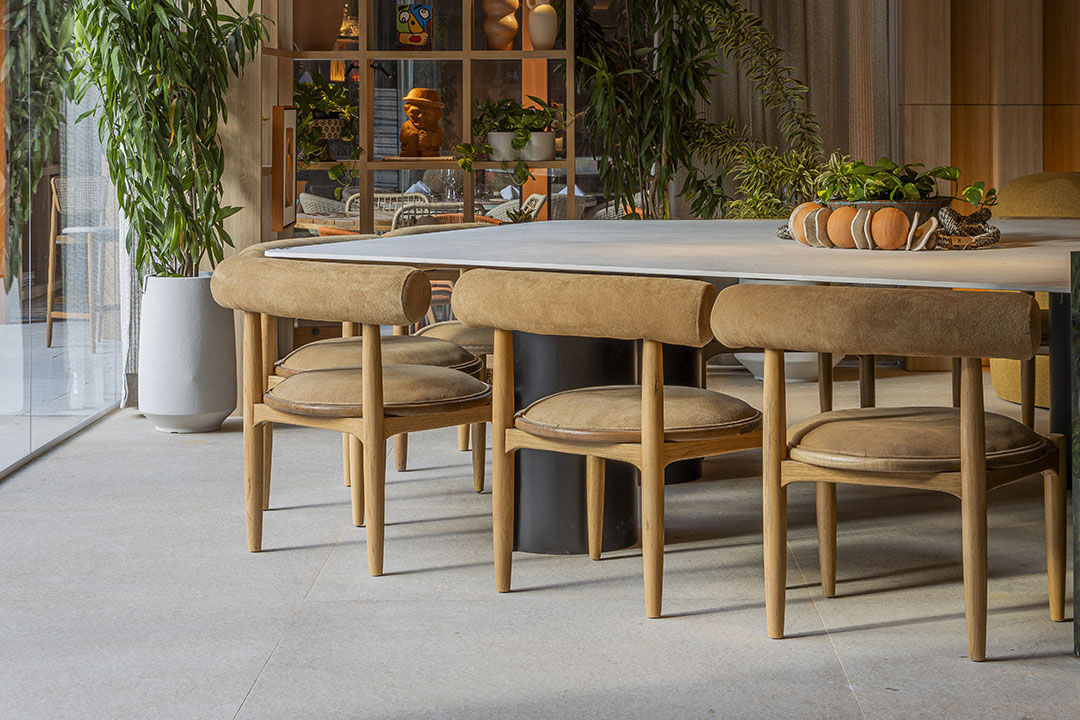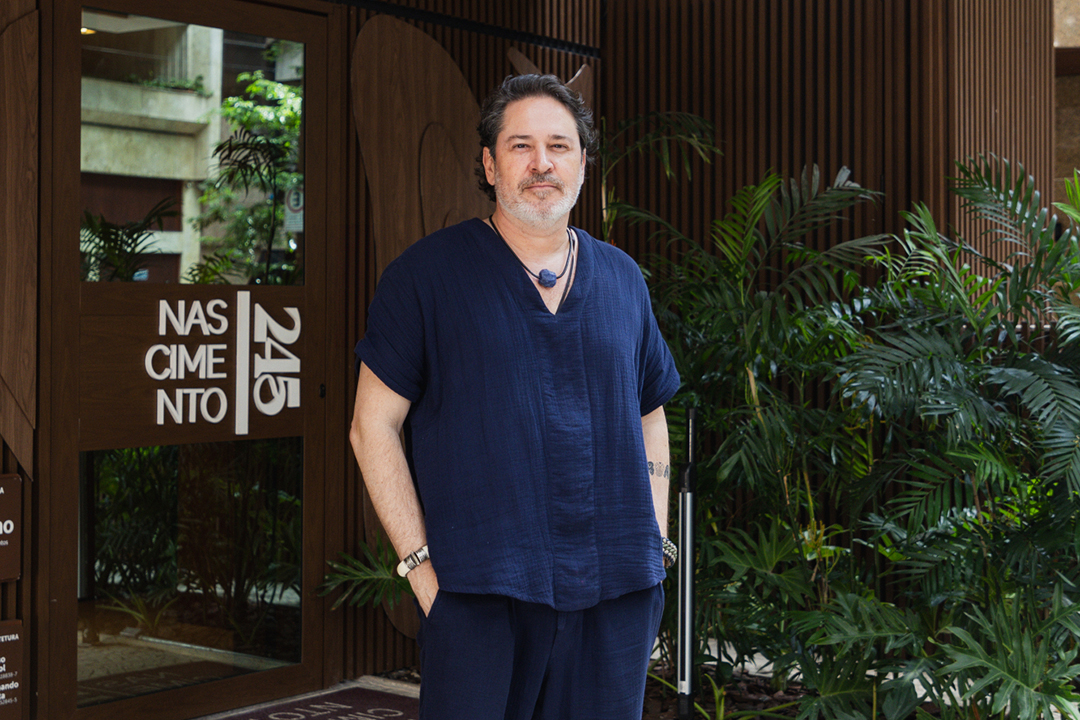
Design made with Jalapão gold

There are countless natural resources found in Brazil., but Capim Dourado is among the most exclusive. A typical Cerrado species of unparalleled beauty, is one of the raw materials whose craftsmanship and making of decorative objects sustain entire families in that region., but its brilliance goes beyond and shines across the country and even abroad. Ahead of iconic creations, designer Ane Neute produces unique pieces and tells us a little about what it's like to work with this natural beauty.

Often seen as an 'exotic' country, Brazil has enviable wonders around the world. With so many cultural differences found in a single country that has continental dimensions, after all, are 8.514.876 square kilometers of total area, it's impossible not to be impacted. Sim, Brazil is naturally special and, when the agenda is culture, So, the matter goes far. The different regions of the country and their gastronomic differences, musicals, among many others, marked by the most diverse accents, set the tone of what this giant is. And it is the grit and talent of its people – equally famous – that keep all this unique history and energy going..
Like this, Capim Dourado shines in this huge scenario of cultural differences, of weather, demography and nature. A species in the Eriocaulaceae family – a type of flowering plant –, o syngonanthus nitens (Scientific name of Capim Dourado), continues enchanting people, cultures and regions of Brazil and the world. Its malleability allows the most diverse types of objects to be created, ranging from fashion accessories to earrings, rings, necklaces and bracelets to the most diverse ornaments, including, basketry, souplats, decorative items and even lamps. To designer Ana Neute, that you currently have 25 lines in full production, in which the raw material is used as a base, comments on the benefit of working with this product: “the advantage is that as it is a material woven by hand by the artisans of Jalapão, he becomes somehow unique, because it depends a lot on the hands of the one who produced it.”
The art of transforming stems into handicrafts comes from the Xerente Indians, and the technique meets the 'Brazilian doing' and its artisanal processes, because even when there is industrialization in the manufacture of the product, case of the pieces signed by Ana, the artisan is present. But, she points out that there is no simplicity in combining these two processes. “Combining the industrial with the artisanal is the great challenge. The pieces have a metal frame that surrounds them and even getting the two materials together took a while.” However, explains that because it is a naturally very durable material, no special treatment is required before Capim Dourado becomes an object. “What we did was insert Capim Dourado into an industrial structure that would help to value and maintain the piece.”

Map of the mine
the jalapan gold, as Capim Dourado is also called – and with good reason –, can be found in greater abundance in the extreme east of the state of Tocantins, distant approx. 350 km from Palmas, a capital. Jalapão is a large area, with about 34 thousand square kilometers and with peculiar climate and soil characteristics. Sunny and open with sandy, wet soil, favors its spontaneous growth, but Capim Dourado can also be found in other regions of Brazil such as Mato Grosso, Mato Grosso do Sul, Minas Gerais, Goiás, Federal District and Bahia.
To keep your preservation, in the Jalapão region, for example, the Instituto Natureza do Tocantins defined rules for the harvest, being them: stems can only be harvested after 20 of September (and goes to 20 from November), that is, only after seed maturation; the fruits must be cut and dispersed in the soil soon after the harvest; golden grass stems cannot leave the region in nature, only in craft form. (ordinance 092/2005, reissued as Ordinance 362/2007).











